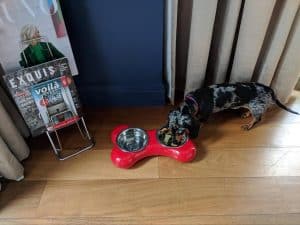
Dachshunds and Food : Common Questions Answered
Dachshunds are driven by two things: their nose and their tummy. As a quick reminder, doxies can range from 11 pounds all the way to
In nearly all parts of the world, traces of dogs being kept by humans have been found. There are a few exceptions. It’s easier to list the few exceptions than the list of areas with known dog presence. We have not presence of dogs on the West Indian Islands, Madagascar, the eastern islands of the Malayan Archipelago, New Zealand, and the Polynesian Islands. To be clear, these places show no sign that any dog, wolf, or fox has existed as a true aboriginal animal.
Wherever human beings live—whether in an Eskimo village, a jungle clearing, or a crowded city—dogs live, too. In North America alone, more than 120 standard breeds are recognized. Most scientists think that the wolf is the principal ancestor of our domestic dog. But jackals, coyotes, and dingoes undoubtedly also contributed to the domestic dog’s ancestry.
Thousands of years ago, primitive people lived in caves and hunted with clubs, spears, and other crude weapons. Wolves or other wild dogs often lived near them to clean bones and eat the table scraps left behind by humans. Dogs became friends and companions. In return or their help in protecting humans from wild animals and guarding the herds, dogs got a share of food and a place to sleep.
The exception to the spread of dogs are the West Indian Islands, Madagascar, the eastern islands of the Malayan Archipelago, New Zealand, and the Polynesian Islands, where there is no sign that any dog, wolf, or fox has existed as a true aboriginal animal. Among the early Mongolians, the dog remained savage and neglected for centuries. No attempt was made to turn them into more docile companions.
Egyptians had dogs that looked like greyhounds and ancient sculptures show us that the Assyrians had huge mastiff-like dogs that they used for lion-hunting in 600 BC. Dogs introduced into the home as playthings for the children would grow to regard themselves, and be regarded, as members of the family.
Both the Old and New Testaments refer to dogs with scorn and contempt as “unclean beasts”. Even the reference to the Sheepdog in the Book of Job “But now they that are younger than I have me in derision, whose fathers I would have disdained to set with the dogs of my flock” is not really nice. The only biblical allusion to the dog as a companion of man is in the apocryphal Book of Tobit (v. 16), “So they went forth both, and the young man’s dog with them.”
The spine of the dog consists of 7 vertebrae in the neck, 13 in the back, 7 in the loins, three sacral vertebrae, and 20 to 22 in the tail. In both the dog and the wolf there are 13 pairs of ribs, 9 true ribs and 4 false. Each species has 42 total. They both have 5 front and 4 hind toes. We will give you a minute to go count the toes on your dog because yeah…we didn’t know that either.
An important common biological trait one should keep in mind: the Canis lupus and the Canis familiaris lies in the fact that the period of gestation in both species is 63 days. There are from 3 to 9 cubs in a wolf’s litter, and these are blind for 21 days. They are nursed for 2 months.
Our preferred hypothesis is Darwin’s: “it is highly probable that the domestic dogs of the world have descended from two good species of wolf (C. lupus and C. latrans), and from two or three other doubtful species of wolves namely, the European, Indian, and North African forms; from at least one or two South American canine species; from several races or species of jackal; and perhaps from one or more extinct species”.
Have you ever seen a wiener dog? Sure you have. What about a labrador? Of course! How about a Polish Owczarek Nizinny? …Didn’t think so. Let’s talk about little known dog breeds. There are a great many dog breeds out there that you’ve probably never heard of. Here are a few:
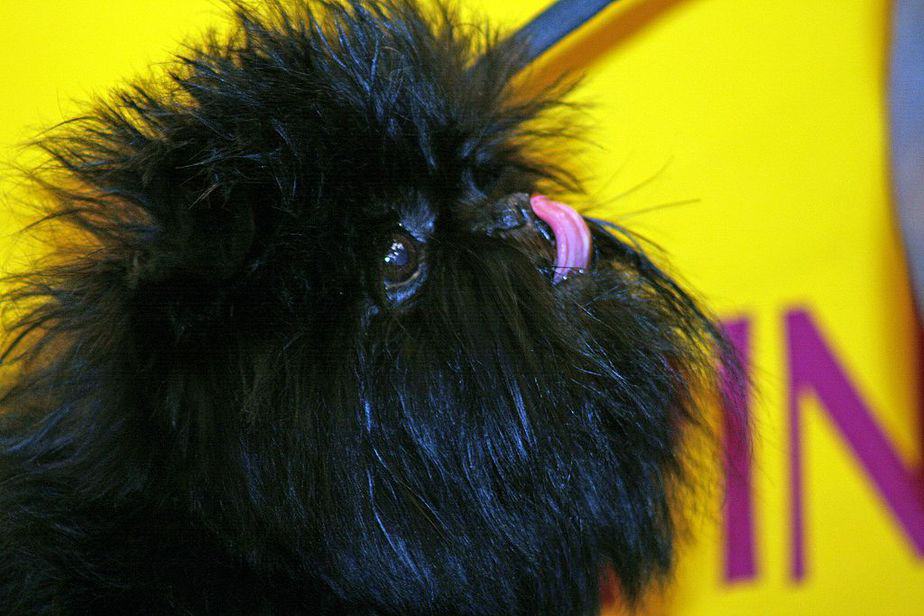
The smallest dog in the pinschers and schnauzers, the Affenpinscher is a toy dog with a good demeanor. These little creatures are highly intelligent and easily trained. Basically, this generally unknown toy dog makes a wonderful family pet.
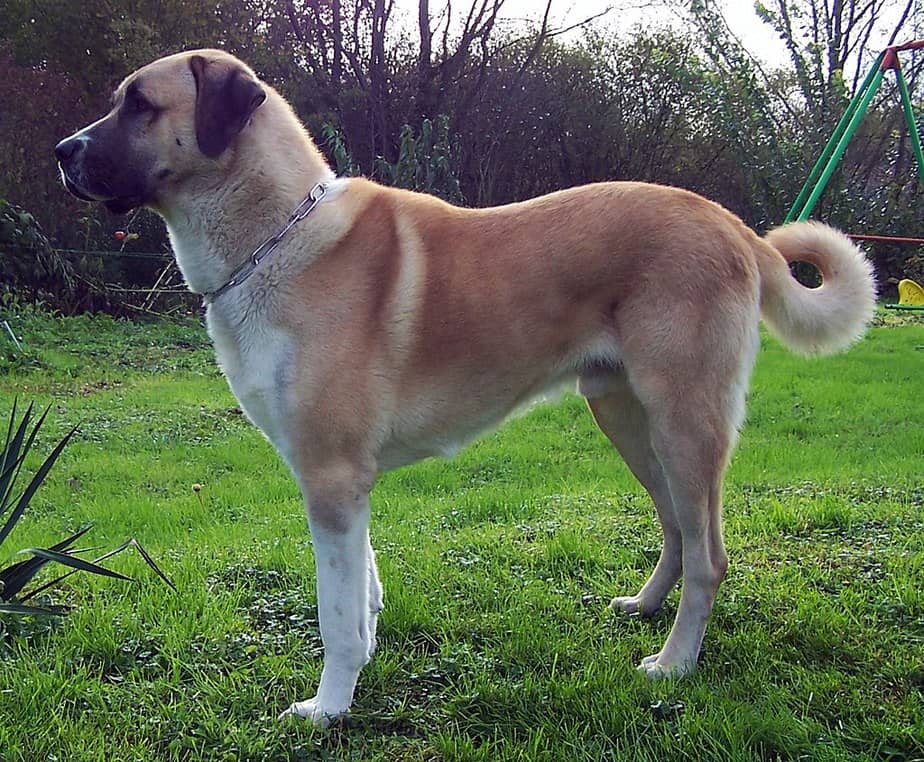
The Anatolian Shepherd has a large frame. This strong and loyal dog is often used as a military dog in the United States. They make awesome hunting dogs as well.
The Basenji is a medium sized muscular dog that is also known as the African Barkless Dog. They never bark but they are known to yodel.
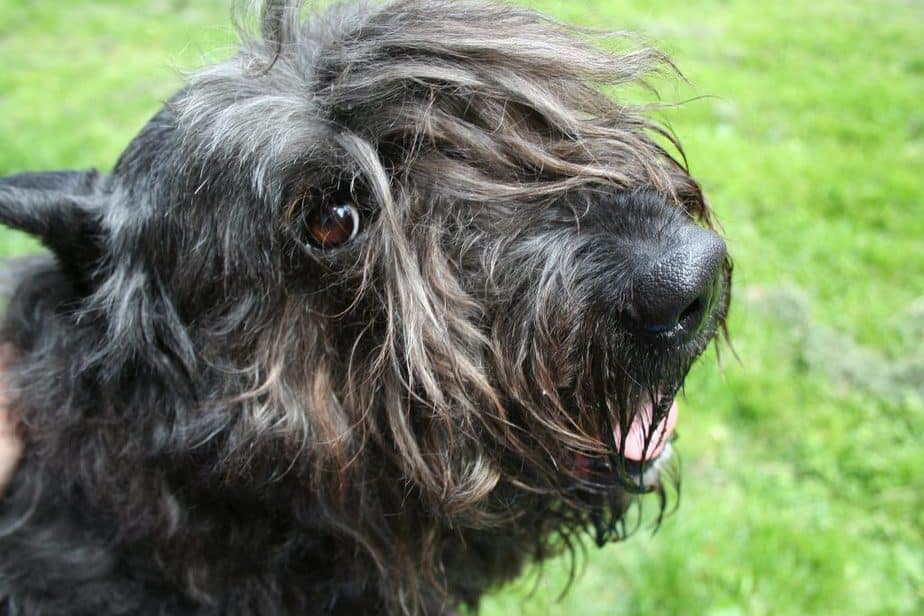
These small but sturdy dogs look like terriers but they are really calm. That’s not a terrier trait! They usually have a dark rough coat and a generally calm manner. They were originally bred as herders in France and today are used in both police work and as guide dogs or assistance animals for the blind.
The Central Asian Ovtcharka is a large and muscular dog. This dog has some deep protective instincts. It is a natural herder and watchdog.
This dog is a medium sized shaggy breed with a long coat that covers its eyes. Loyal and devoted dogs WITH BANGS would be their marketing motto. They make great pets but hate to be left alone for long stretches of time. They are known to cause trouble when unsupervised for too long.

Dachshunds are driven by two things: their nose and their tummy. As a quick reminder, doxies can range from 11 pounds all the way to
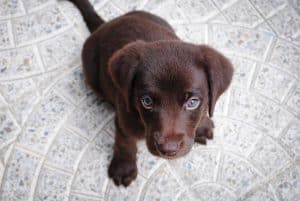
Labradors are one of the most well known and most popular choices for dog lovers across the nation. A Labrador puppy that is trained well
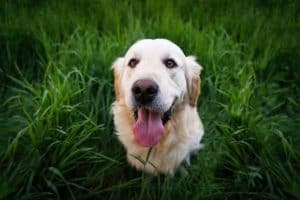
Golden Retrievers are beautiful, obedient, and make great family pets and hunting dogs. They also make great guide dogs for blind people, narcotic detection dogs,
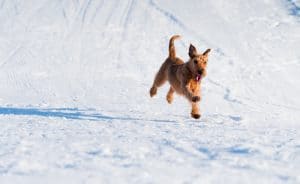
The Norfolk terrier originated from England, like most of the terrier dog breeds we have today. It’s a very cuddly and affectionate dog. They have
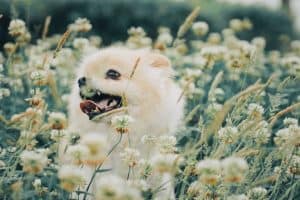
The first thing you have to know about Pomeranians is that the entire dog is made up of 50% fluffy fur and 50% actual dog. Read on for the rest!
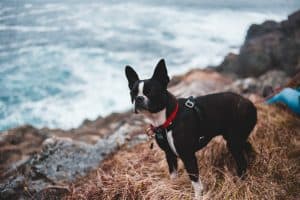
This dog won’t wake up in the middle of the night because it thinks it saw a butterfly or maybe a squirrel. Want to know more? Read on!
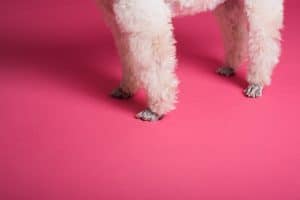
Looking for a hypoallergenic dog? We checked out a few of the most popular dog breeds that shed less than average.
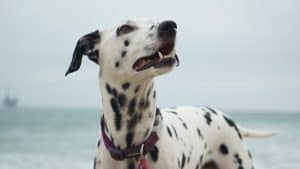
Go beyond the Disney classic and get to know these lovely elegant dogs. They make amazing pets!
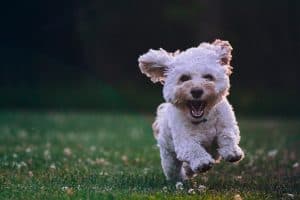
Dog hair can cause a real mess. Here are some breeds that shed less. Careful though, less shedding doesn’t mean less grooming!
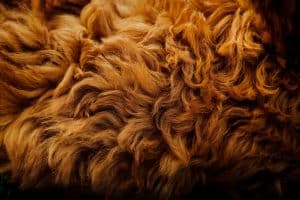
There is no such thing as a dog that doesn’t shed. All dogs shed and replace some fur, just like humans do. Check out breeds that shed less than average.